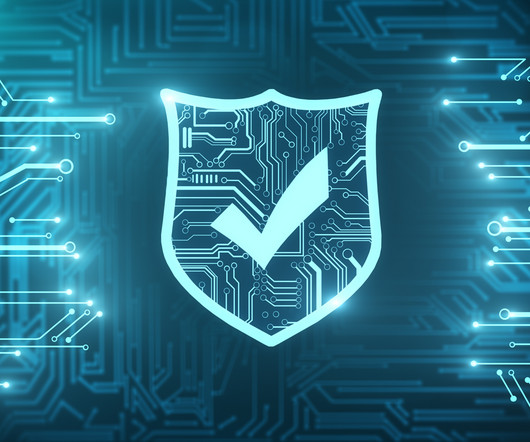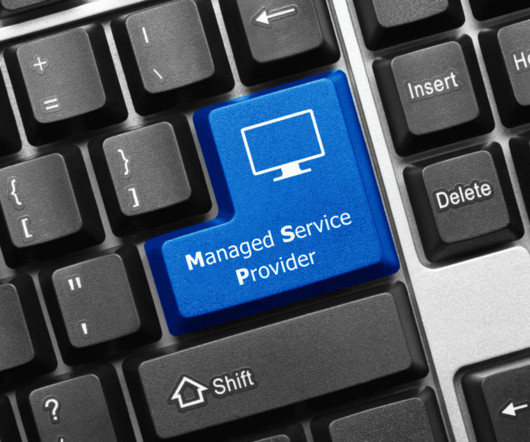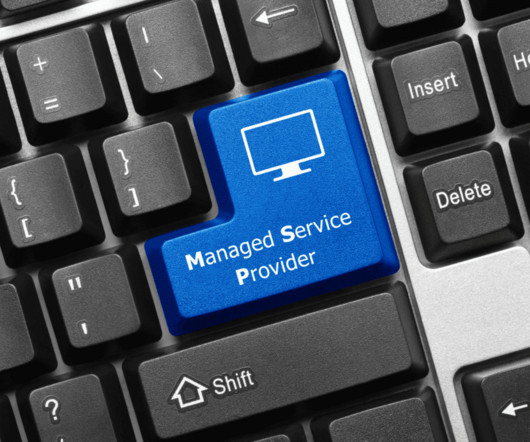34 Most Common Types of Network Security Protections
eSecurity Planet
MARCH 17, 2023
From there, these tools send alerts to security teams if and when risks are identified. These platforms make it possible for security teams to analyze consolidated threat feeds from various external alerts and log events.


















Let's personalize your content